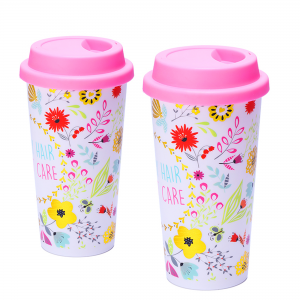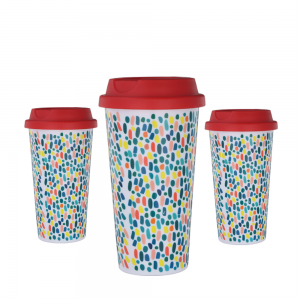Is the water in the drink bottle safe?
Opening a bottle of mineral water or beverage is a common action, but it adds a discarded plastic bottle to the environment.
The main component of plastic packaging for carbonated drinks, mineral water, edible oil and other foods is polyethylene terephthalate (PET). At present, the usage of PET bottles ranks first in the field of plastic food packaging.
As a food packaging, if PET itself is a qualified product, it should be very safe for consumers to use under normal circumstances and will not cause health risks.
Scientific research has pointed out that if plastic bottles are repeatedly used to drink hot water (greater than 70 degrees Celsius) for a long time, or are directly heated by microwaves, the chemical bonds in plastic bottles and other plastics will be destroyed, and plasticizers and antioxidants may be migrated into the beverage. Substances such as oxidants and oligomers. Once these substances are migrated in excessive amounts, they will have an impact on the health of drinkers. Therefore, consumers must note that when using PET bottles, they should try not to fill them with hot water and try not to microwave them.
Is there any hidden danger in disposing of it after drinking it?
Plastic bottles are discarded and scattered on city streets, tourist areas, rivers and lakes, and on both sides of highways and railways. They not only cause visual pollution, but also cause potential harm.
PET is extremely chemically inert and a non-biodegradable material that can exist in the natural environment for a long time. This means that if discarded plastic bottles are not recycled, they will continue to accumulate in the environment, break and decay in the environment, causing serious pollution to surface water, soil and oceans. Large amounts of plastic debris entering the soil can seriously affect the productivity of the land.
Plastic fragments accidentally eaten by wild animals or marine animals can cause fatal injuries to the animals and endanger the safety of the ecosystem. According to the United Nations Environment Program (UNEP), 99% of birds are expected to eat plastic by 2050.
In addition, plastics may decompose into microplastic particles, which may be ingested by organisms and ultimately affect human health through the food chain. The United Nations Environment Program pointed out that a large amount of plastic garbage in the ocean is threatening the safety of marine life, and conservative estimates cause economic losses of up to 13 billion U.S. dollars every year. Marine plastic pollution has been listed as one of the top ten urgent environmental issues worthy of concern in the past 10 years.
Have microplastics entered our lives?
Microplastics, broadly referring to any plastic particles, fibers, fragments, etc. in the environment that are less than 5 mm in size, are currently the focus of plastic pollution prevention and control around the world. The “Action Plan for Plastic Pollution Control during the 14th Five-Year Plan” issued by my country also lists microplastics as a new source of pollution of key concern.
The source of microplastics may be native plastic particles, or it may be released by plastic products due to light, weathering, high temperature, mechanical pressure, etc.
Research shows that if humans consume an additional 5 grams of microplastics per week, some of the microplastics will not be excreted in the stool, but will accumulate in body organs or blood. In addition, microplastics may penetrate the cell membrane and enter the human body’s circulatory system, which may have a negative impact on cell function. Studies have found that microplastics in experiments on animals have shown problems such as inflammation, cells shutting down and metabolism.
Many domestic and foreign literature reports that food contact materials, such as tea bags, baby bottles, paper cups, lunch boxes, etc., may release thousands to hundreds of millions of microplastics of varying sizes into food during use. Moreover, this area is a regulatory blind spot and should be paid special attention to.
Can recycled plastic bottles be reused?
Can recycled plastic bottles be reused?
In theory, except for severely contaminated plastic bottles, basically all beverage bottles can be recycled. However, during the consumption and mechanical recycling of PET beverage bottles, some external contaminants may be introduced, such as food grease, beverage residues, household cleaners, and pesticides. These substances may remain in recycled PET.
When recycled PET containing the above substances is used in food contact materials, these substances may migrate into the food, thus threatening the health of consumers. Both the European Union and the United States stipulate that recycled PET must meet a series of safety index requirements from the source before it can be used for food packaging.
With the improvement of consumers’ awareness of beverage bottle recycling, the establishment of a clean recycling system, and the continuous improvement of food-grade plastic packaging recycling and cleaning processes, more and more companies are now able to achieve standardized recycling and effective regeneration of beverage bottles. Beverage bottles that meet food contact material safety requirements are produced and reused for beverage packaging.
Post time: Nov-18-2023

